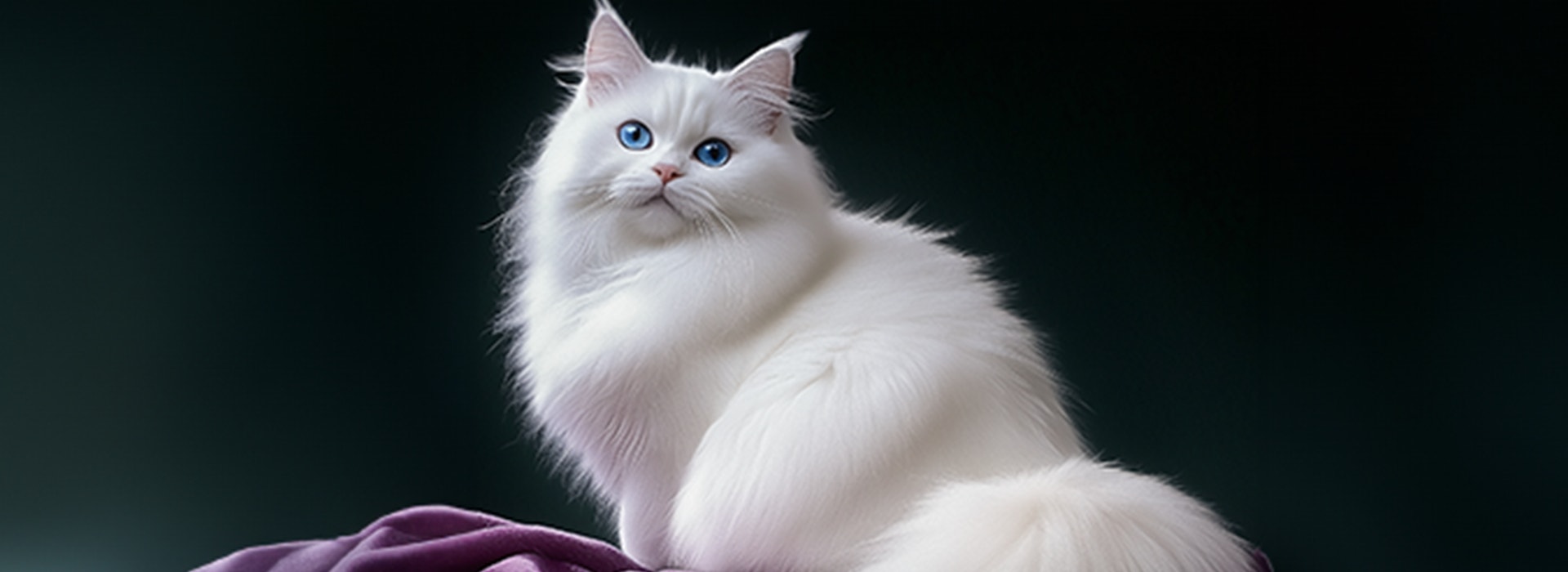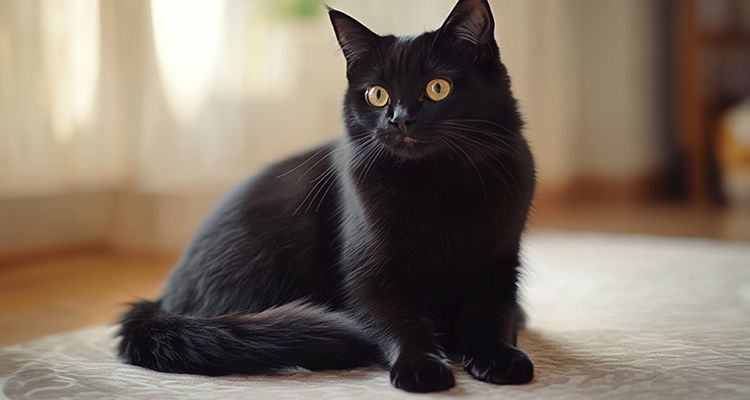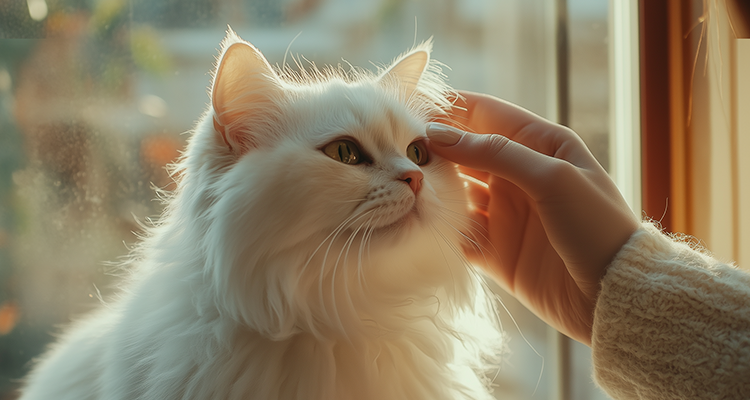
With their elegant mannerisms and long, regal coats, Persian cats have been considered the royalty of the feline world since time immemorial. However, the very elegance and beauty that adds to their allure, can be challenging to maintain, even for the most devoted cat owners.
By understanding the causes of hair fall in cats and taking proactive steps, you can help maintain their hair while keeping your home relatively fur-free.
Persian Cat Hair Fall Causes
The most popular causes for hair fall in Persian cats are:
- Natural Shedding: Persian cats go through shedding cycles annually, mostly to get their bodies ready for summer and winter. This is the time when they experience most hair fall.
- Poor Grooming: If Persian cats are left untended for long durations, their hair clumps up and forms dense knots, often resulting in increased hair fall.
- Diet and Hydration: The health of a cat’s coat is directly related to its food and water intake. A balanced diet packed with all essential nutrients is important for a Persian’s hair health as well. 30 % of dietary protein may go for maintenance of skin and hair coat
- Stress: Major changes in lifestyle, routine, surroundings, and people around them can lead to increased hair fall in Persian cats.
- Medical Conditions: Hormonal imbalances alongside, allergies, parasitic or fungal infections, can cause significant hair loss, to an extent that requires veterinary attention.
Preventive measures to manage hair fall
The ways to prevent hair fall are almost the same, regardless of whether you own a white Persian cat, a black Persian cat, a Himalayan Persian cat, or any other Persian cat breed. These include keeping your cat well-fed with specialized Persian cat food rich in proteins, omega-3 fatty acids, and other essential nutrients; ensuring they always have access to fresh water; and routinely grooming them with care.
When to See a Vet
If you notice excessive hair loss beyond the typical shedding patterns, it's important to consult a vet. Signs like bald patches, redness, or sores could indicate a more serious issue, such as a skin infection or underlying health problem. Early intervention can prevent further complications and help maintain your cat’s overall health.
Tips to manage shedding at home
Adopting a healthy and nutritious lifestyle will help keep hair fall in check, while also ensuring that your cat stays happy. Additionally, make an effort to create a comfortable space for your cat to spend time in, it will also mean limiting the space your cat sheds hair in. Vacuum cleaners and lint removers are great everyday tools to keep your home clean.
The ultimate hack is to stay attentive to your pet. By keeping a close eye on your cat's habits and behaviour, you can identify any irregularities and address them well in time. This is the only sureshot way to make sure that your cat stays healthy while continuing to look adorable and cuddly..














